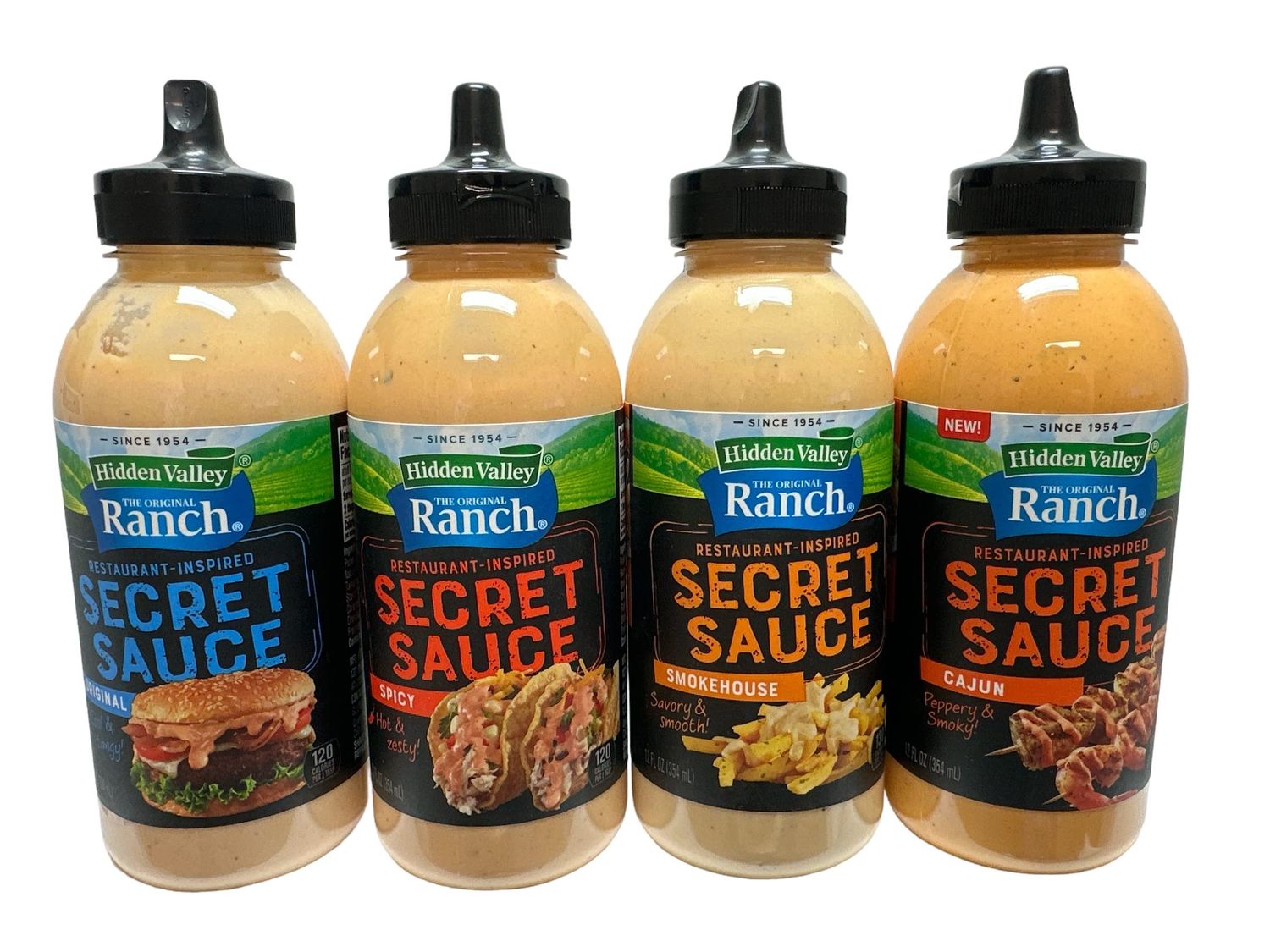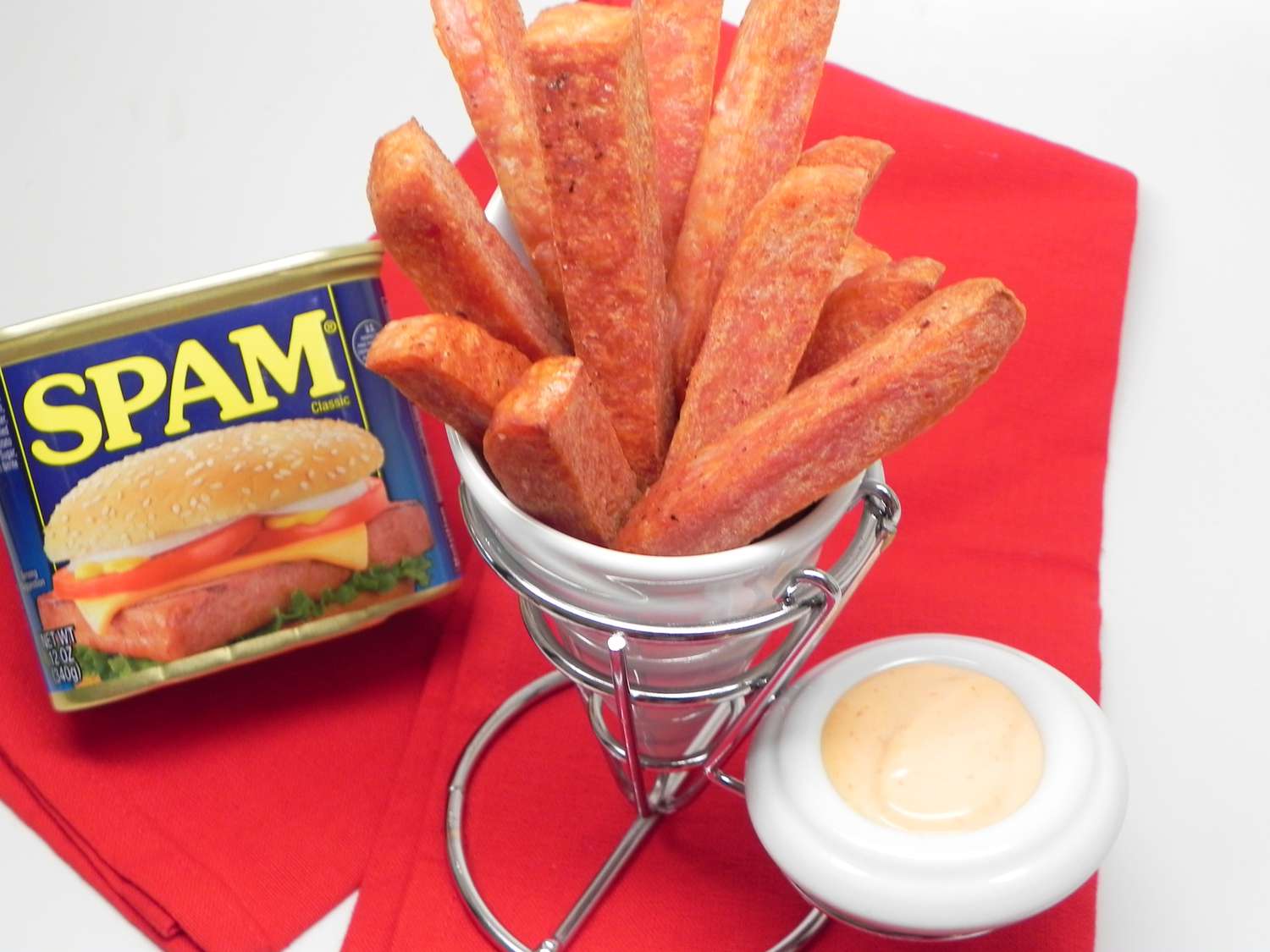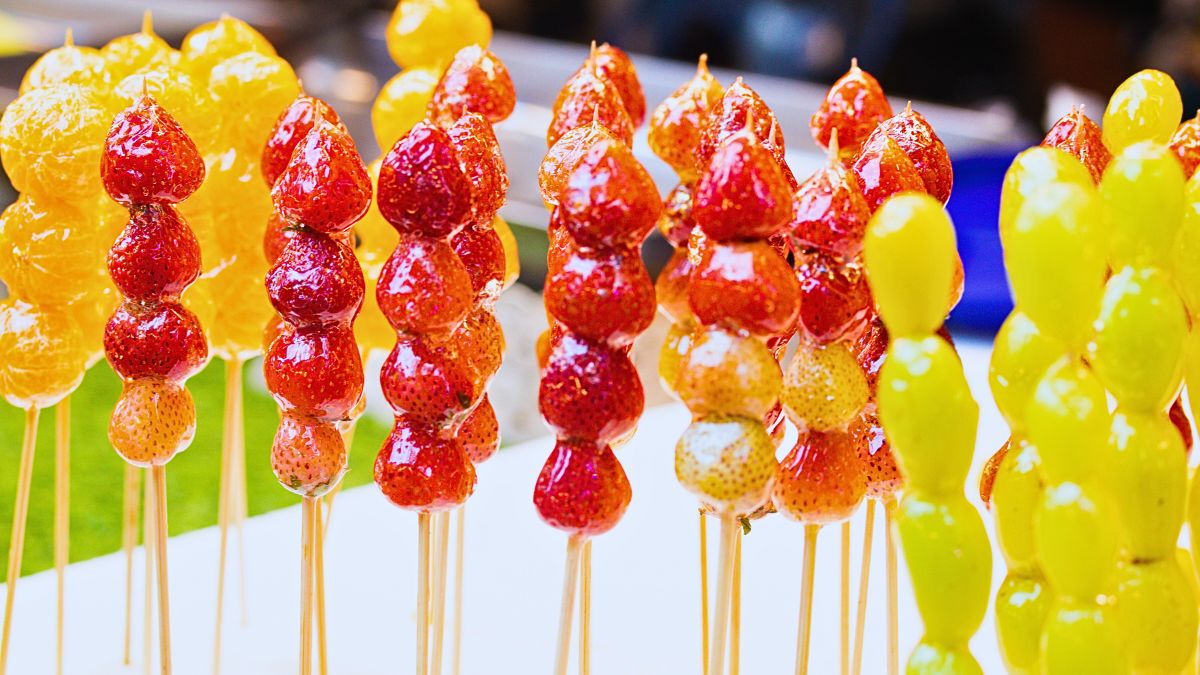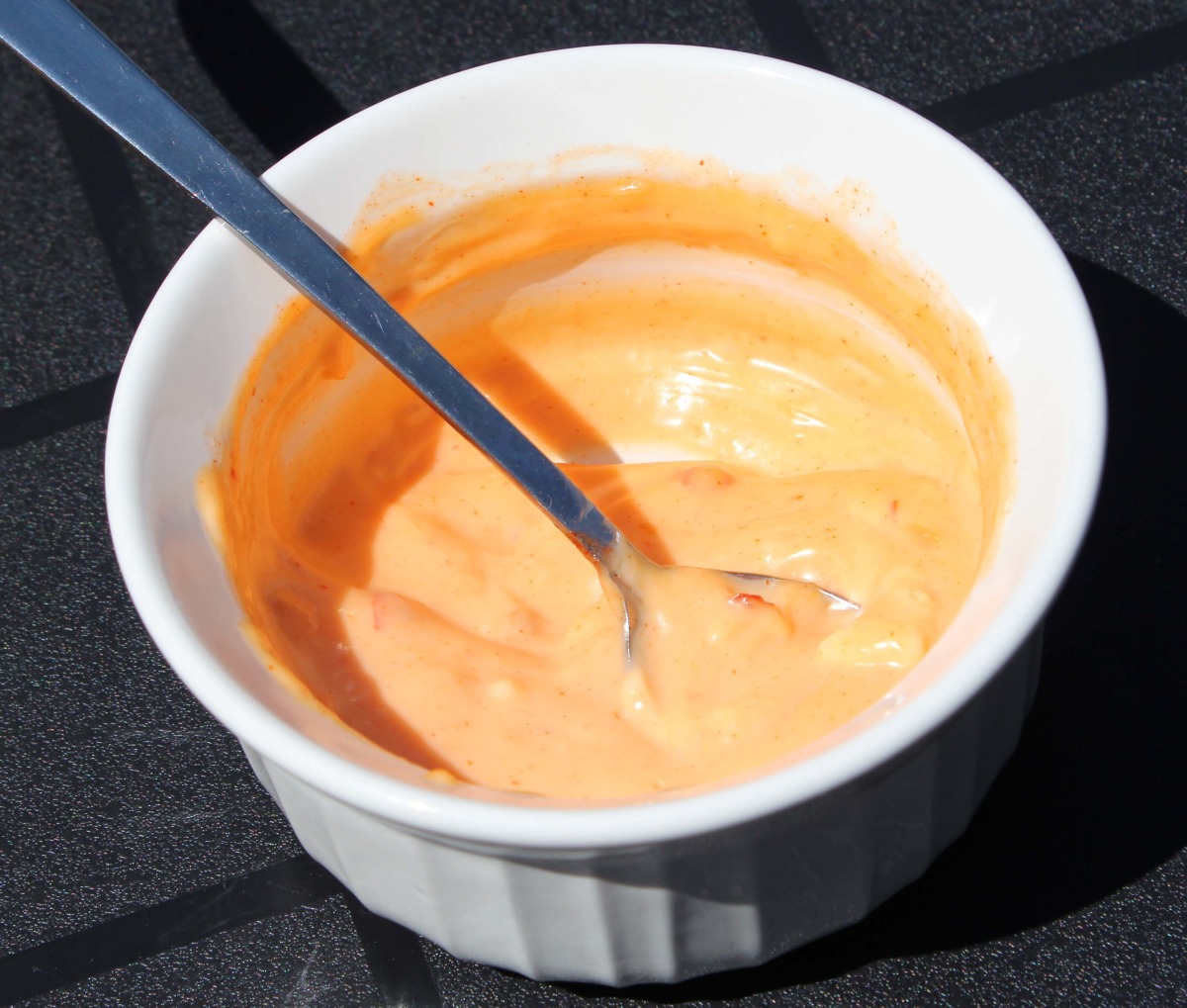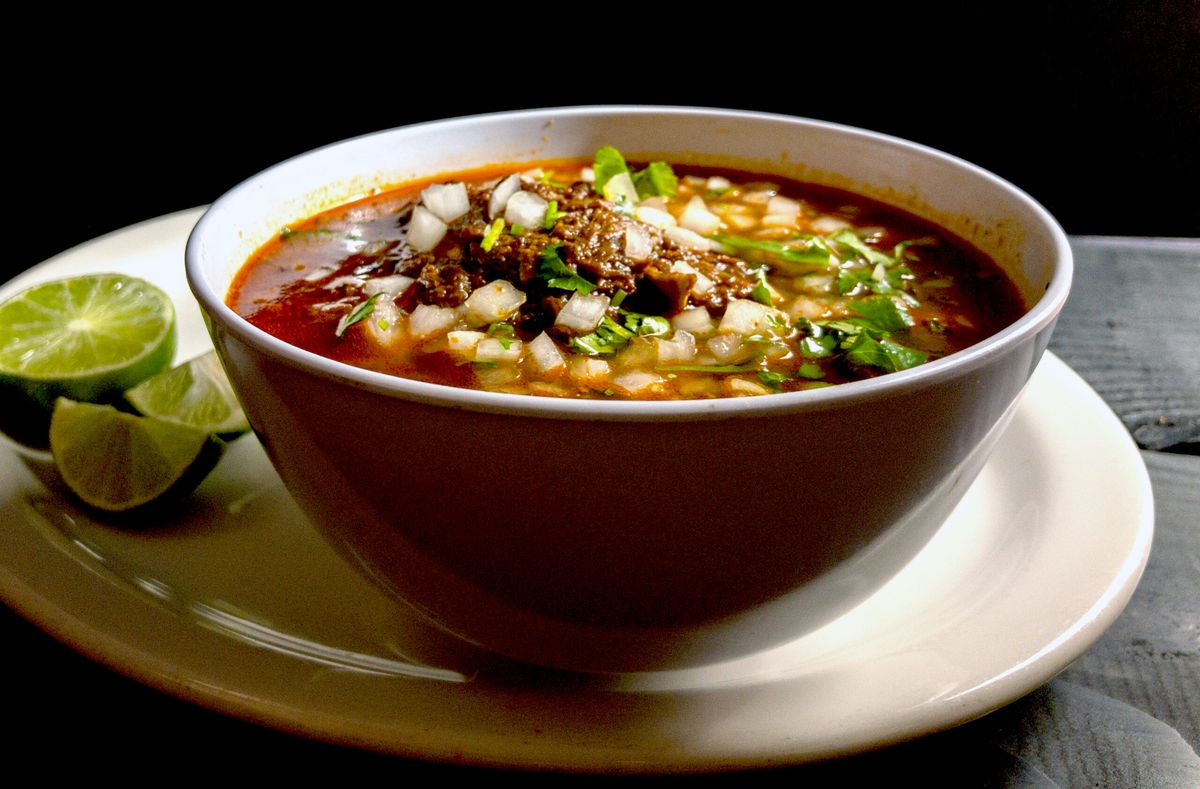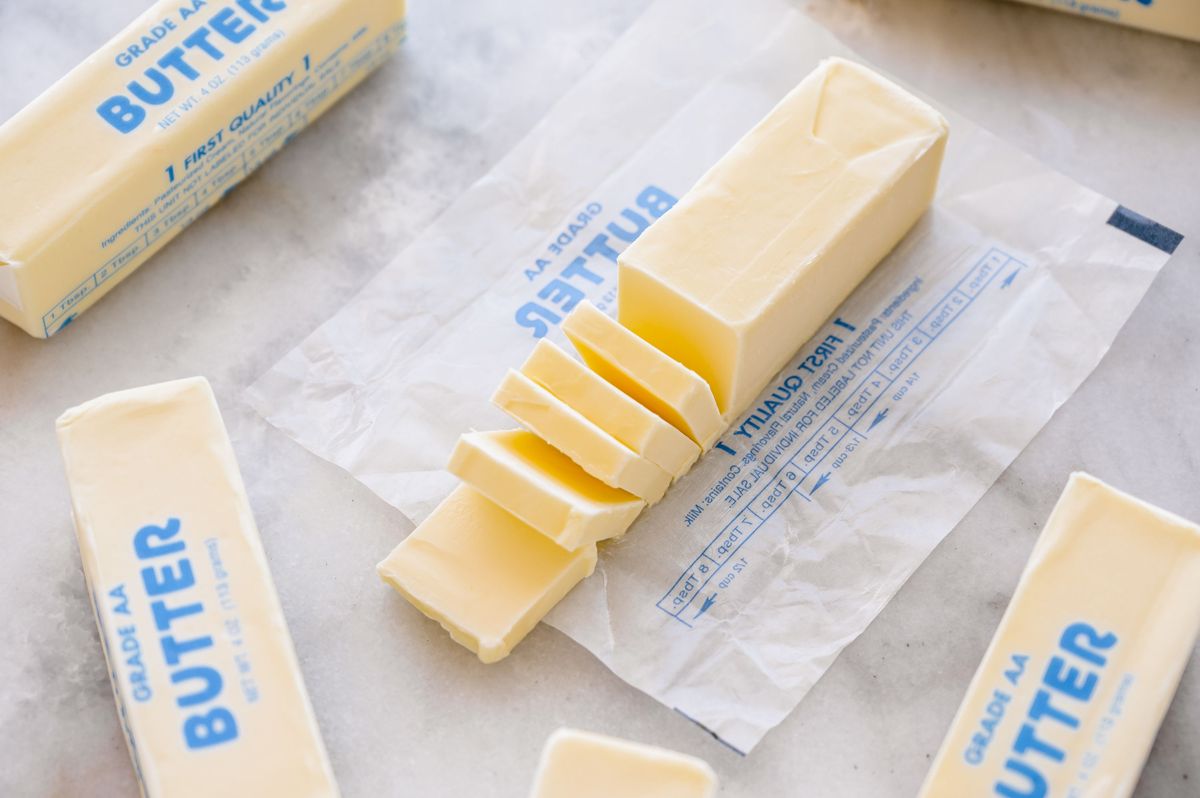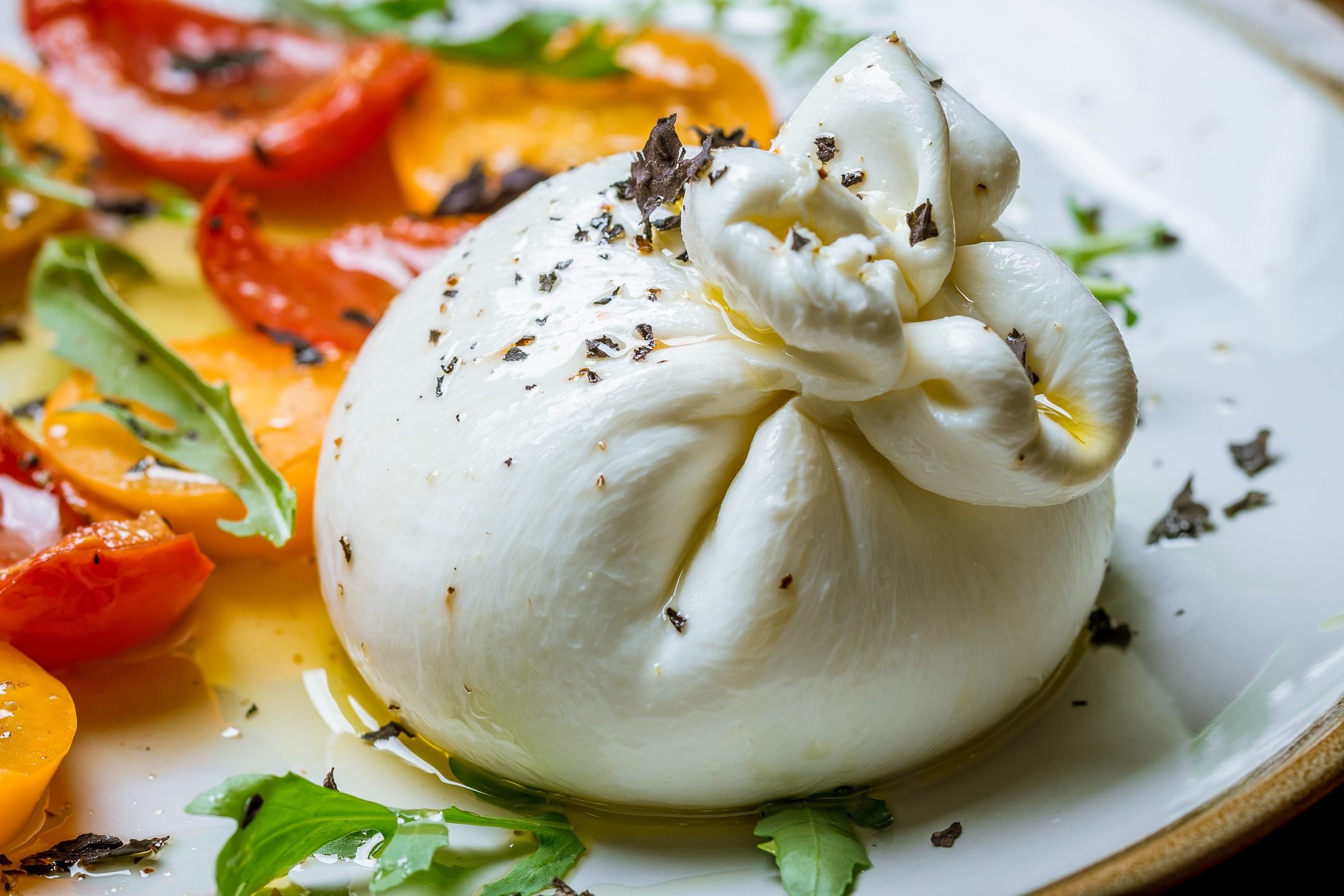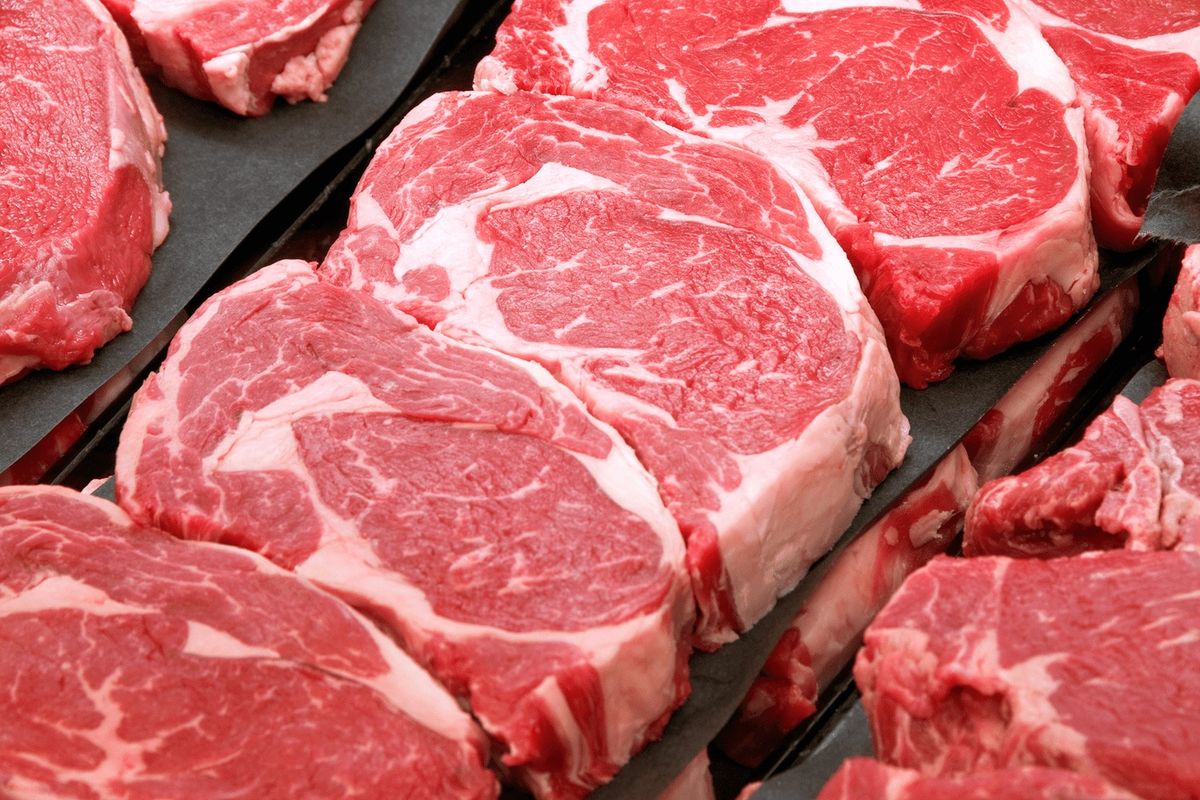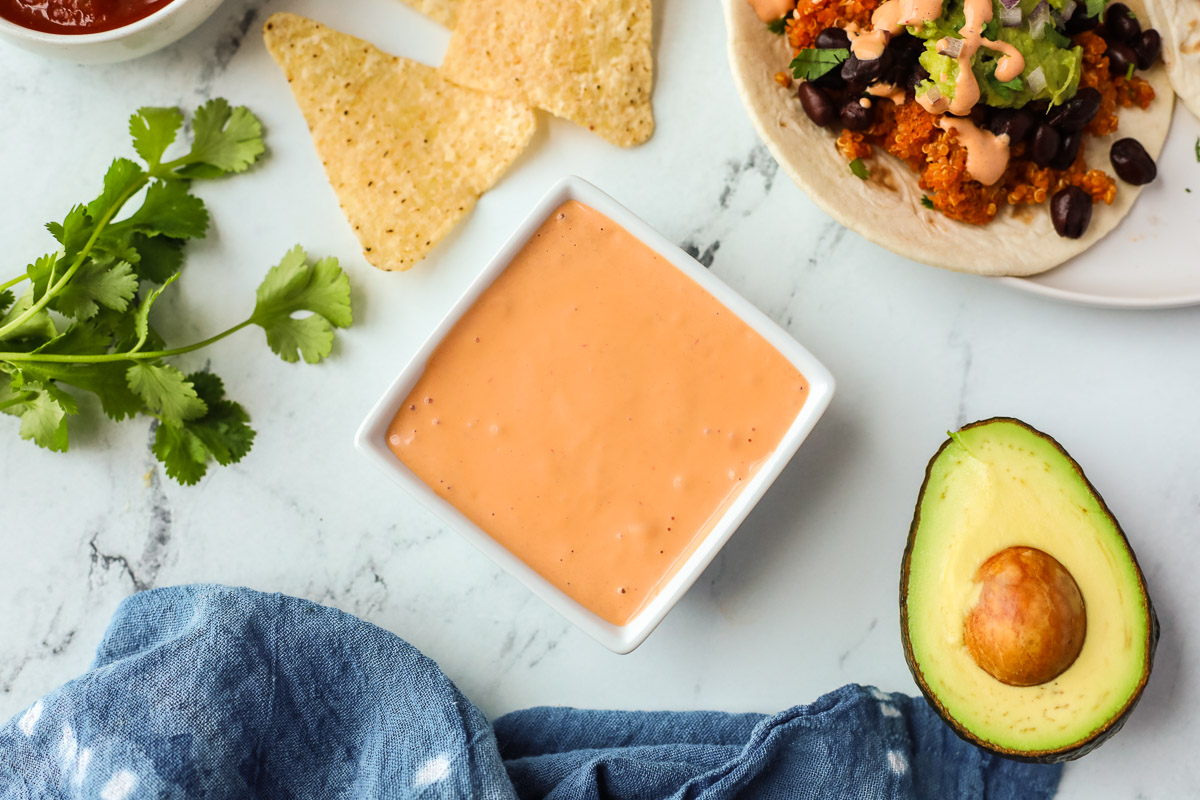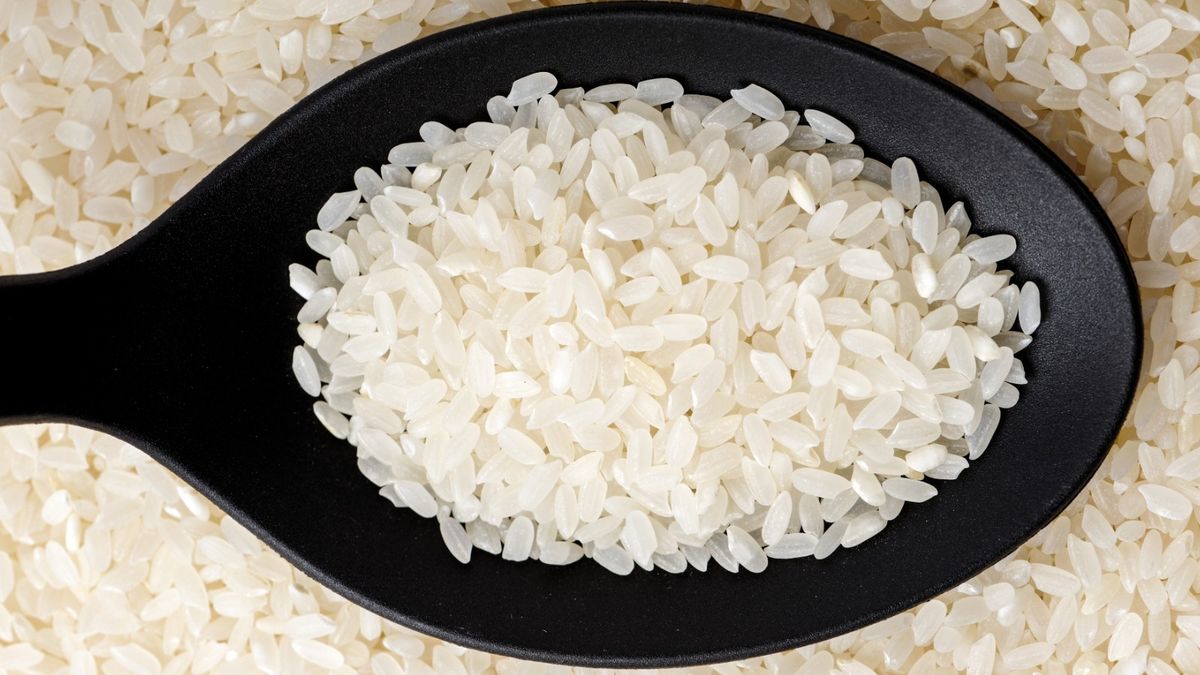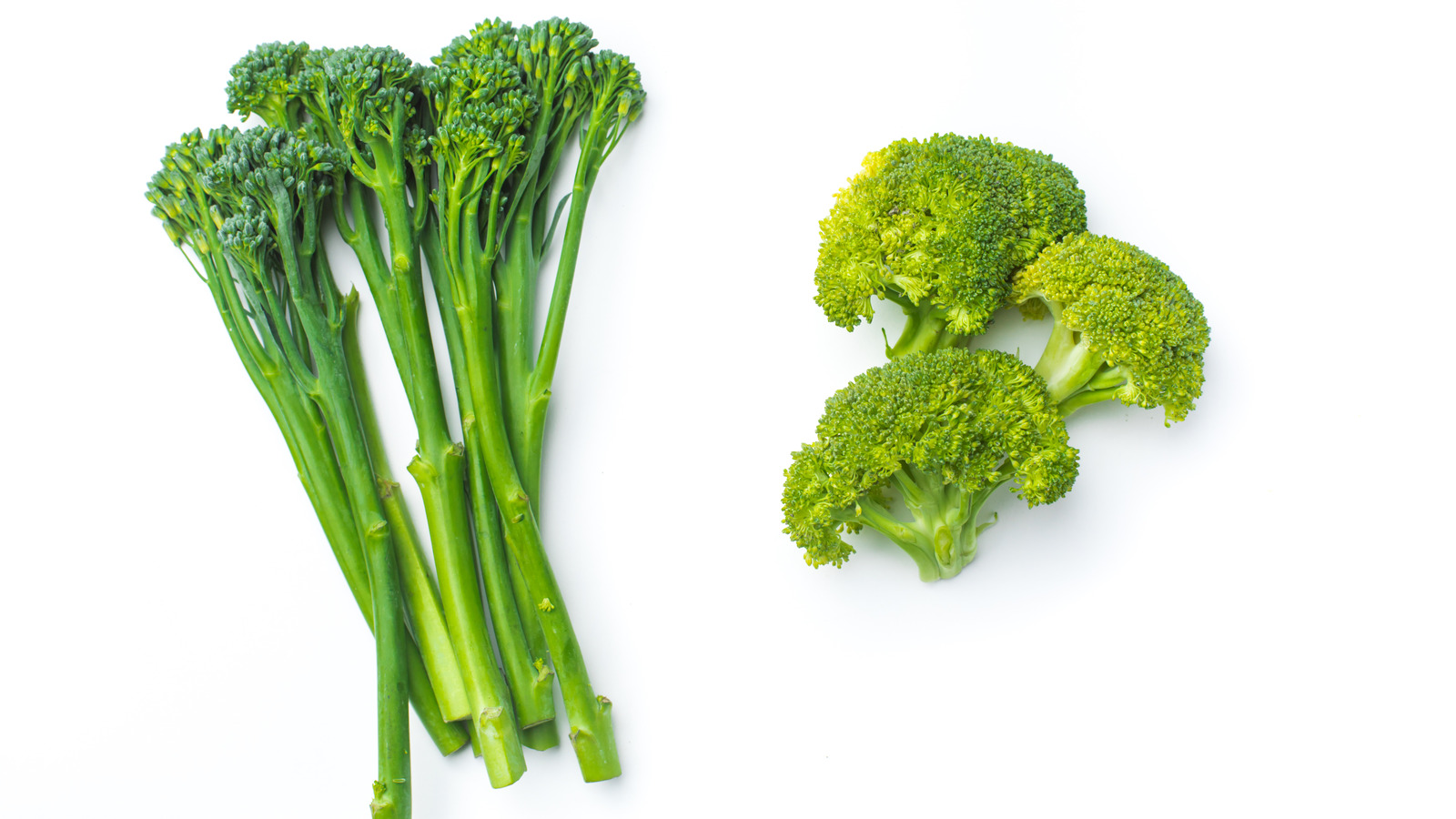Discovering the Delightful Flavor of Balsamic Fig Glaze
Are you a fan of unique and flavorful condiments? If so, you’ll definitely want to try balsamic fig glaze. This delectable concoction combines the rich, tangy taste of balsamic vinegar with the sweet, earthy flavor of figs, resulting in a versatile and delicious addition to your culinary repertoire.
What is Balsamic Fig Glaze?
Balsamic fig glaze is a thick, syrupy condiment made from balsamic vinegar and figs. It is typically reduced and sweetened to create a luscious, concentrated flavor that can be used in a variety of dishes. The combination of balsamic vinegar and figs creates a perfect balance of sweet and tangy notes, making it a versatile and delicious addition to both sweet and savory dishes.
How is Balsamic Fig Glaze Made?
The process of making balsamic fig glaze involves simmering balsamic vinegar and figs together until the mixture reduces and thickens. Sugar or honey is often added to enhance the sweetness of the glaze. The result is a glossy, syrupy condiment with a deep, complex flavor profile that can elevate the taste of any dish.
Ways to Use Balsamic Fig Glaze
Balsamic fig glaze can be used in a variety of culinary applications, adding depth and richness to both sweet and savory dishes. Here are some creative ways to incorporate this delightful condiment into your cooking:
- Drizzle over fresh fruit or a cheese platter for a sweet and tangy flavor boost.
- Use as a glaze for roasted meats, such as pork tenderloin or chicken, to add a touch of sweetness and acidity.
- Drizzle over salads or roasted vegetables for a burst of flavor.
- Use as a topping for desserts, such as ice cream or panna cotta, for a sophisticated finishing touch.
Where to Find Balsamic Fig Glaze
Balsamic fig glaze can often be found in the condiment or gourmet food section of grocery stores. It is also available for purchase online or at specialty food stores. Alternatively, you can make your own balsamic fig glaze at home using balsamic vinegar, figs, and a sweetener of your choice.
Experience the Exquisite Flavor of Balsamic Fig Glaze
Whether you’re a culinary enthusiast or simply someone who appreciates delicious flavors, balsamic fig glaze is a must-try condiment. Its unique combination of sweet and tangy flavors makes it a versatile and delightful addition to a wide range of dishes. So, why not add a bottle of balsamic fig glaze to your pantry and elevate your cooking to new heights?
Next time you’re looking to add a touch of sophistication to your meals, reach for a bottle of balsamic fig glaze and savor the exquisite flavor it brings to your dishes.
Was this page helpful?
Read Next: What Is A Cake Pan Used For
